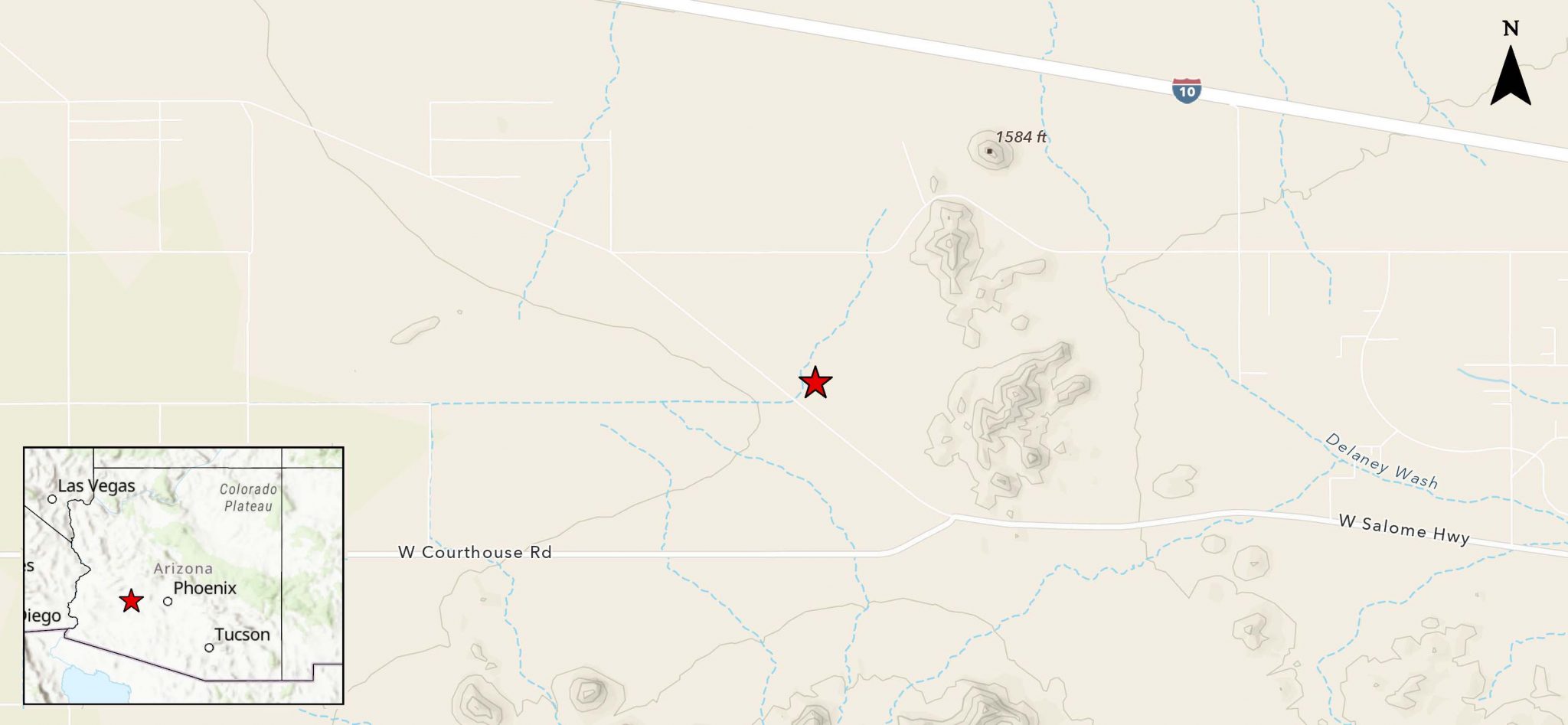A BESS has no direct emissions, requires no pipelines, recycles electricity, and helps to cut emissions by taking the load off traditional generation sources. Energy storage has been a part of our electrical grid since the 1930s and has a safety record that is similar to or better than other electricity generation, distribution, or management methods.
Recurrent develops robust emergency response plans, based on industry best practices that are customized for each facility. These emergency response plans include extensive collaboration with first responders to address emergency situations that might be encountered as well as the proper safety responses for each situation. Emergency response plans also include contact details for subject-matter experts who can advise first responders on appropriate actions for each situation.
In addition, we comply with the safety measures required by the Federal Regulatory Energy Commission, the North American Electric Reliability Corporation, and applicable regional and local laws. We are also bound by the International Building Code, the International Fire Code, National Fire Protection Association codes and standards, and state fire regulations.


